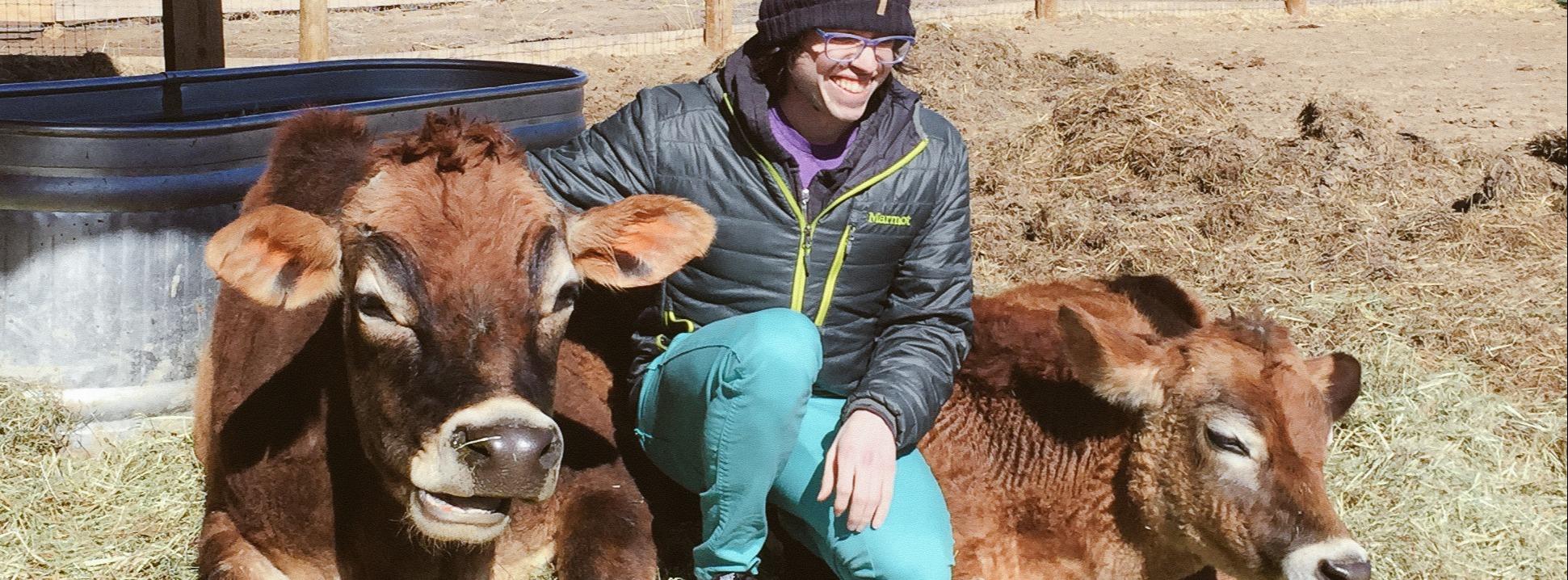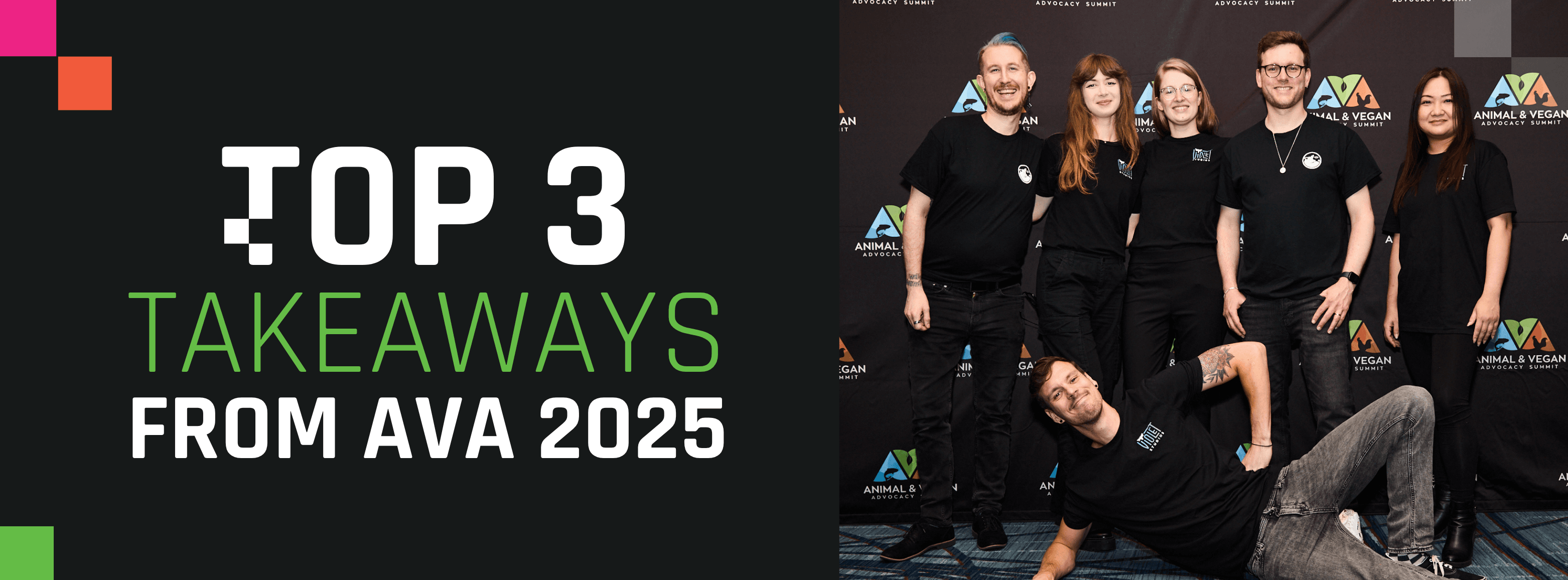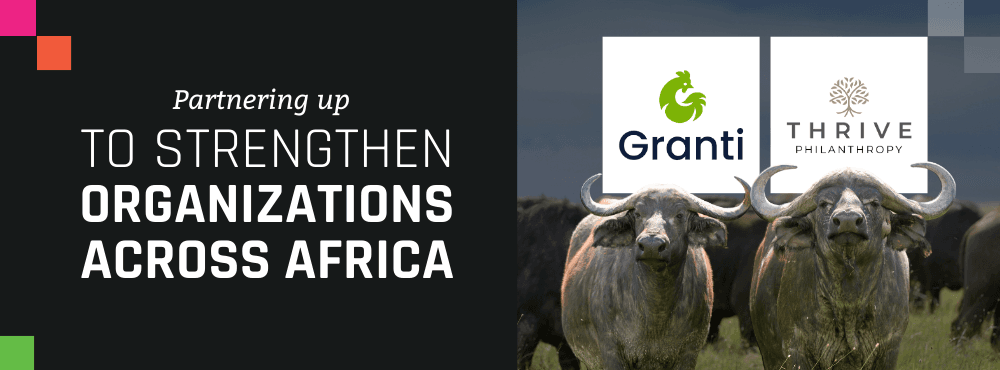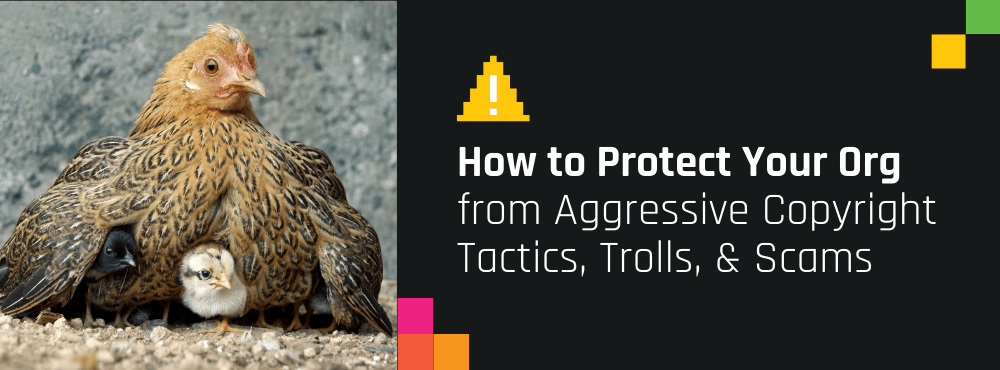
Volunteering in the Sanctuary Movement: How Can You Help?
Stop me if this sounds familiar: When I went vegan years ago, one of my first, most vivid goals was to one day start my own farmed animal sanctuary. At the time, I was living in New York City with few resources to speak of. I had almost no experience with farmed animals in any capacity as individuals who require specialized care and attention, and quite frankly, I had no idea what a sanctuary really was, outside of imagery seen on pamphlets and on social media. And yet, a part of me was pulled to the dream of providing direct sanctuary and care someday.
Years later, I would get an incredible opportunity to help create an organization that exists solely to serve the many wonderful sanctuaries and compassionate caregivers I’ve grown to call my colleagues and allies around the world. I have also had the opportunity to volunteer at a number of organizations providing direct care to farmed animals and learn from volunteer coordinators at sanctuaries around North America. At The Open Sanctuary Project, we highly encourage anyone truly interested in starting their own sanctuary to consider volunteering at at least one sanctuary, for a minimum of one year, to get a sense of the challenges that impact sanctuary care and operations through every season. But you don’t need to start your own sanctuary to help animals in need!
Volunteering at sanctuaries can be a highly rewarding endeavor, though it also presents a number of unique challenges not too different from operating your own sanctuary. If you’re a compassionate individual looking to get more closely connected with the animal rights movement, the opportunity to help to provide direct care to survivors of animal exploitation—getting to know them as individuals with their own joys and challenges, and fully getting to witness firsthand what makes them special—can be a transformative, empowering part of your animal advocacy moving forward.
The Rewards of Sanctuary
Sanctuary volunteering can help provide a tangible, beautiful perspective on life and advocacy. It can connect you with a community of like-minded individuals who share your values and want to see a similar future for animals, which can transform your activism. Although I’ve only served in a volunteer capacity as a caregiver, I cherish the experiences I’ve had—not just the connections I made with individual residents, but also with local community members who I now count as some of my dearest friends. These are folks I would have never met without the mutual connection of a passion for helping animals and showing up to do the work.
If you’re reading this blog post, you likely already believe that the mistreatment of animals around the world is unconscionable. Meeting individual animals in sanctuary can help provide both a balm to the often discouraging perspectives we encounter in the world, as well as a guiding vision for what the world could be like. When you get to know individuals in sanctuary, when you can see how each cow has their own personality, preferences, friends, and specific way that they like to be brushed, it can be hard not to be inspired to continue advocating for those living outside of these systems of appreciation and support.
Volunteering Challenges
Getting involved with a sanctuary as a volunteer might invoke a daydream of spending time in a grassy pasture, hanging out with a few relaxing goat pals and plucking away at a nice tune on a ukulele for a curious lamb. (I have seen that exact scene at least one time, so I know that’s not completely out of the realm of possibility, but you should be prepared for perhaps a less glamorous experience.)
If you’re interested in direct care,you should expect a slow accumulation of skills and responsibilities, starting with the ever-important role of tidying up living spaces, which generally means a lot of scooping animal poop, usually alongside other cheerful volunteers. In time, you may be invited to learn more about specific species’ needs and how to do more sensitive tasks, such as preparing meals and treats, helping to enrich their environment, working on pasture management, and getting to know the individuals who call the sanctuary their home in order to make their lives better. Some organizations may even ask their more senior volunteers to learn and help out in daily observations and routine health checks, though this is dependent on each organization’s structure and expectations.
Building a compassionate relationship with sanctuary residents can be a deeply rewarding, but also bittersweet experience, as these individuals often face ongoing challenges, either as a result of human breeding practices or the experiences they had prior to finding sanctuary. It can be devastating to get to know a resident over time, only to watch their health decline due to conditions that were imposed on them by the realities of animal agriculture. This can and does often lead to compassion fatigue, a very real and difficult condition for anyone at a sanctuary (in addition to anyone working compassionately with animals). It’s important to know the boundaries of your own limits, both physically and emotionally, as this work is lifelong, and being mindful of your own needs is absolutely crucial.
Sanctuaries Need All Sorts of Volunteers!
While volunteering in direct resident care is often seen as the be-all, end-all experience for animal advocates looking to get involved with a sanctuary, it’s important to also know that most sanctuaries have so many needs beyond animal care! Sanctuaries are often quite grateful for assistance in other capacities. They might need help with everything from social media, website development, accounting, and legal assistance to constructing and maintaining facilities, tabling at local events, organizing educational events, advocating to local governments, gardening and beautifying facilities, serving as a board member, and so much more! If you have a passion or a talent that you’d like to contribute to a local animal sanctuary (or even a sanctuary far away, if remote volunteership is an option), I highly encourage you to reach out, introduce yourself, and see what they might need. And be patient if they don’t get back to you immediately or if it takes time to be able to volunteer with them. Sanctuaries are often extremely busy, and onboarding volunteers takes effort, as welcome as the help may be!
We Have Resources That Can Help
Volunteering at a sanctuary in any capacity often means having to learn quite a lot about a variety of topics, ranging from animal care and regulatory concerns to more nuanced considerations of topics such as the spectrum between individual autonomy and safety. That’s where our organization comes in! We have over 500 free compassionate resources available on a variety of sanctuary topics, with more coming each week. We strive to be an accessible, friendly place for sanctuaries, employees, and volunteers to gain more knowledge and perspective on the daily challenges of sanctuary management and how to make both animal and human lives a little easier.
I hope you feel inspired to consider looking into an animal organization that resonates with you, be it near or far from where you live, and reach out to them to say hello! Volunteering at any organization presents its own challenges, but the rewards can truly transform your perspective on what it means to give to animals.

A journalist and award-winning documentary filmmaker, Mckenzee is executive director of The Open Sanctuary Project. In collaboration with the global sanctuary community, she researches and publishes resources to address and provide solutions to the unique challenges of sustainable sanctuary operation. Mckenzee holds a certification in Animal Sanctuary Management from the University of Utah.

A journalist and award-winning documentary filmmaker, Mckenzee is executive director of The Open Sanctuary Project. In collaboration with the global sanctuary community, she researches and publishes resources to address and provide solutions to the unique challenges of sustainable sanctuary operation. Mckenzee holds a certification in Animal Sanctuary Management from the University of Utah.




